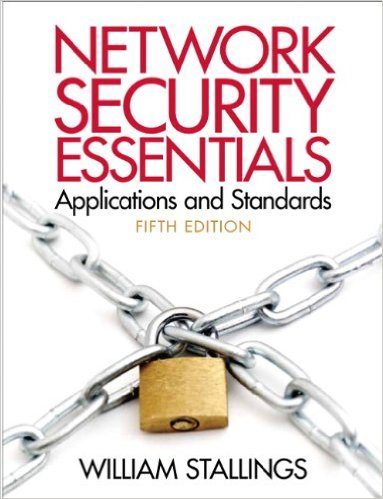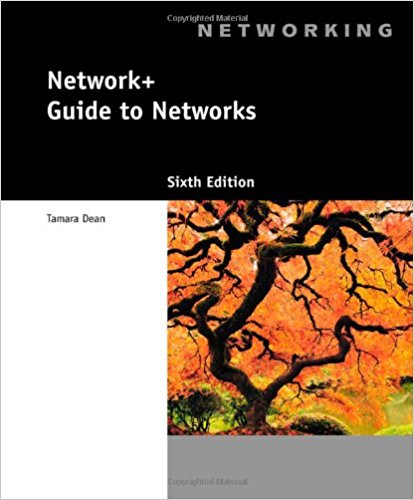Network Security Essentials Applications and Standards 5th Edition By Willaim Stallings – Test Bank
Chapter 4: Key Distribution and User Authentication
TRUE OR FALSE
T F 1. For symmetric encryption to work the two parties to an exchange
must share the same key, and that key must be protected from
access by others.
T F 2. It is not necessary for a certification authority to maintain a list of
certificates issued by that CA that were not expired but were
revoked.
T F 3.
A session key is destroyed at the end of a session.
T F 4. Kerberos relies exclusively on asymmetric encryption and makes
use of public key encryption.
T F 5.
The automated key distribution approach provides the flexibility
and dynamic characteristics needed to allow a number of users to
access a number of servers and for the servers to exchange data
with each other.
T F 6.
If an opponent captures an unexpired service granting ticket and
tries to use it they will be denied access to the corresponding
service.
T F 7.
The ticket-granting ticket is encrypted with a secret key known
only to the authentication server and the ticket granting server.
T F 8.
If the lifetime stamped on a ticket is very short (e.g., minutes) an
opponent has a greater opportunity for replay.
T F 9. Kerberos version 4 did not fully address the need to be of general
purpose.
T F 10.
One of the major roles of public-key encryption is to address the
problem of key distribution.
T F 11. It is not required for two parties to share a secret key in order to
communicate securely with conventional encryption.
T F 12. X.509 is based on the use of public-key cryptography and digital
signatures.
T F 13.
User certificates generated by a CA need special efforts made by
the directory to protect them from being forged.
T F 14. The principal underlying standard for federated identity is the
Security Assertion Markup Language (SAML) which defines the
exchange of security information between online business partners.
T F 15.
Federated identity management is a concept dealing with the use
of a common identity management scheme across multiple
enterprises and numerous applications and supporting many
thousands, even millions, of users.
MULTIPLE CHOICE
- A _________ is a key used between entities for the purpose of distributing session keys.
A)
permanent key
B)
key distribution center
C)
symmetric key
D)
session relay key
2. The __________ knows the passwords of all users and stores these in a centralized database and also shares a unique secret key with each server.
A)
authentication server
B)
key distribution server
C)
management server
D)
ticket server
- Once the authentication server accepts the user as authentic it creates an
encrypted _________ which is sent back to the client.
A)
password
B)
key
C)
access code
D)
ticket
4. In order to solve the problem of minimizing the number of times that a user
has to enter a password and the problem of a plaintext transmission of the
password a __________ server is used.
A)
ticket granting
B)
password ciphering
C)
access code
D)
authentication
- In order to prevent an opponent from capturing the login ticket and reusing it to spoof the TGS, the ticket includes a __________ indicating the date and time at which the ticket was issued.
A. validation
B. certificate
C. timestamp
D. realm
- A ___________ is a service or user that is known to the Kerberos system and is identified by its principal name.
A. Kerberos key
B. Kerberos ticket
C. Kerberos principal
Related Test Bank














Reviews
There are no reviews yet.